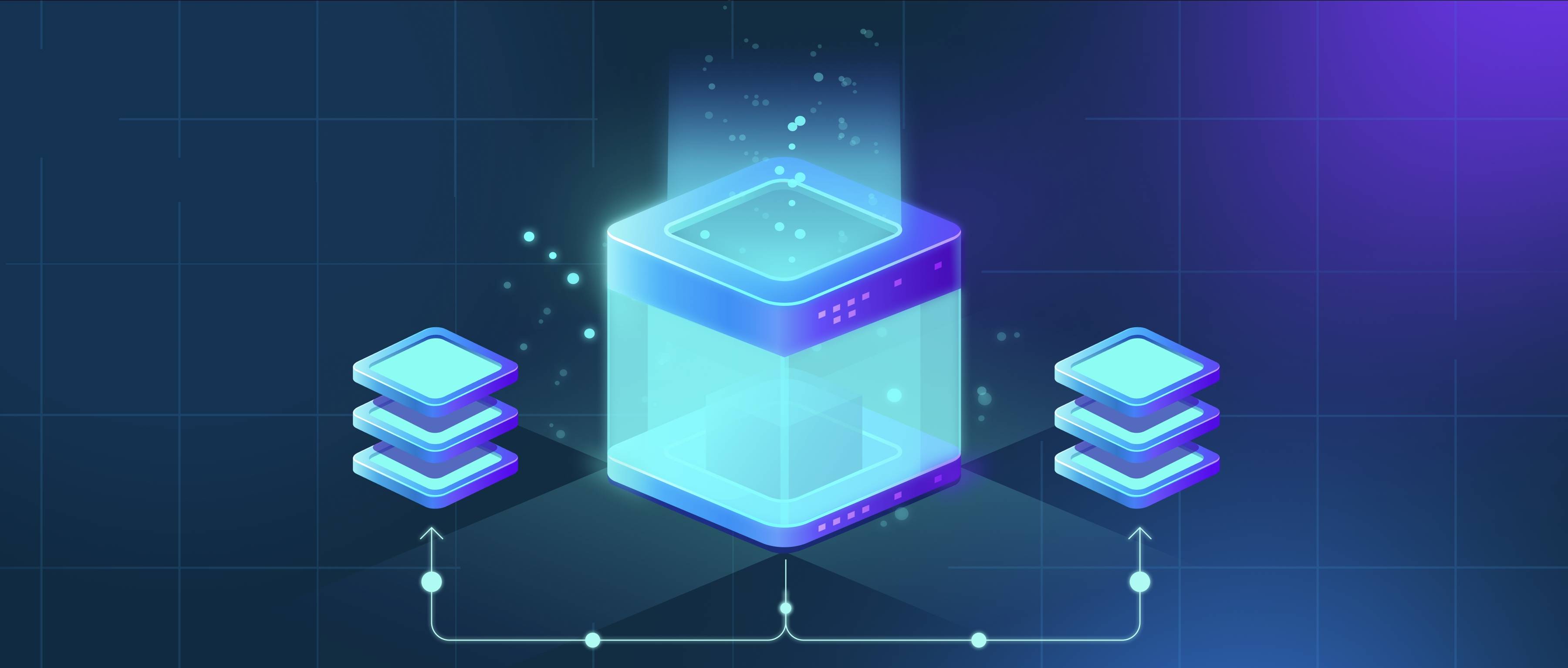The Holt-Winters method, also known as triple exponential smoothing, is a time series forecasting technique designed to handle data with trends and seasonality. It extends simple exponential smoothing by adding components for trend and seasonality, making it suitable for datasets with consistent seasonal patterns, such as monthly sales or temperature data. The method has three components: the level, which represents the overall average; the trend, which accounts for upward or downward movement; and the seasonal component, which captures periodic fluctuations. These components are updated iteratively based on smoothing parameters, which control the weight given to recent observations. Holt-Winters is widely used because it is straightforward to implement and performs well for short- to medium-term forecasts. For example, it can predict retail sales during holiday seasons or energy consumption in different weather conditions. However, it assumes that seasonality is consistent over time and may not perform well when seasonality or trends vary significantly.
What is the Holt-Winters method, and when is it used?

- Master Video AI
- Getting Started with Zilliz Cloud
- Optimizing Your RAG Applications: Strategies and Methods
- Advanced Techniques in Vector Database Management
- Getting Started with Milvus
- All learn series →
Recommended AI Learn Series
VectorDB for GenAI Apps
Zilliz Cloud is a managed vector database perfect for building GenAI applications.
Try Zilliz Cloud for FreeKeep Reading
What is the role of APIs in serverless architecture?
APIs play a crucial role in serverless architecture by enabling communication between different services and application
What is the role of transformers in generating embeddings?
Transformers play a crucial role in generating embeddings by leveraging their unique architecture that processes data in
How do embeddings support sentiment-based recommendation?
Embeddings serve as a powerful tool for sentiment-based recommendation systems by transforming textual data into numeric